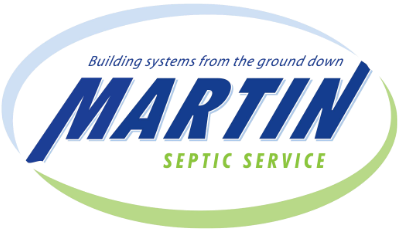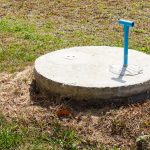Chances are if you’ve looked into a septic system you’ve also run into the term lift station. As septic systems are already complicated in how they disperse wastewater the idea of adding another component can be overwhelming. However, it doesn’t have to be, and in many cases a lift station isn’t necessary to keep your septic system running smoothly. Read on to learn a little bit more about septic systems, lift stations, and when you need to use both.
How does a Septic System Work?
The typical septic system operates using gravity. Wastewater is stored in the septic tank while the initial breakdown occurs. After it has separated solid matter from the grey water gravity forces this water further down the system and into drain lines. As this water is filtered through the soil the remaining impurities are removed and clean water is released into the ground water.
What is a Lift Station?
A lift station is a mechanical component that is added to a septic tank to move the grey water further down the system. A pump is used to collect water and pump it against gravity to feed into the rest of the system.
Are Lift Stations Intended for Residential Use?
Lift stations are most commonly found in public sewer systems. This is because it’s very difficult to create an entire sewer system that relies only on gravity to transport wastewater from every household to the main treatment plants. As such, lift stations are mainly used in this commercial setting. However, there are several situations in which lift stations are appropriate for residential use as well. These lift stations are smaller and designed to fit within your septic system.
When to use a Lift Station?
A lift station isn’t a necessary component of a septic system. Like we mentioned, most septic systems function properly when aided by gravity. However, there are some situations in which a lift station is helpful or even necessary. If the terrain around your home is particularly hilly it can be difficult to create a gravity fed septic system. This means that a pump may be the best option to create an operational system.
Are Lift Stations expensive?
Although lift stations do add to the overall cost of a septic system, they can save on the overall installation cost depending on the terrain. Excavation costs can add up quickly, especially in rocky terrain or on steep hills. In this case comparing the cost of added excavation and installing a lift system can be beneficial.
How long do Lift Stations last?
Lift stations have a lot of moving parts and need to be maintained and eventually replaced. However, when properly maintained these systems are expected to last in the range of 15-25 years. If you are proactive with how you manage wastewater and have a professional inspect your system, repair and replacement costs can be kept to a minimum.
How do you maintain a Lift Station?
Properly maintaining a lift station starts with the user. This means being responsible with what you flush down the system to avoid overloading it. This includes any items that will not break down inside the tank, such as: coffee grounds, grease, and toilet wipes. These and other items will put additional strain on both the septic tank and lift station.
Residential lift stations typically need less maintenance than commercial ones. This is because they handle lower volumes of wastewater and are under less stress. Things that do need to be checked are the valves, controls, float switches, and any preprogrammed settings. This is best left to the professionals to ensure that your station is running properly, and no unexpected problems arise.
If you’re wondering about a lift station, or need help maintaining one give us a call. We’re happy to answer any questions that you may have and help keep your septic system and lift station running as smoothly as possible.







